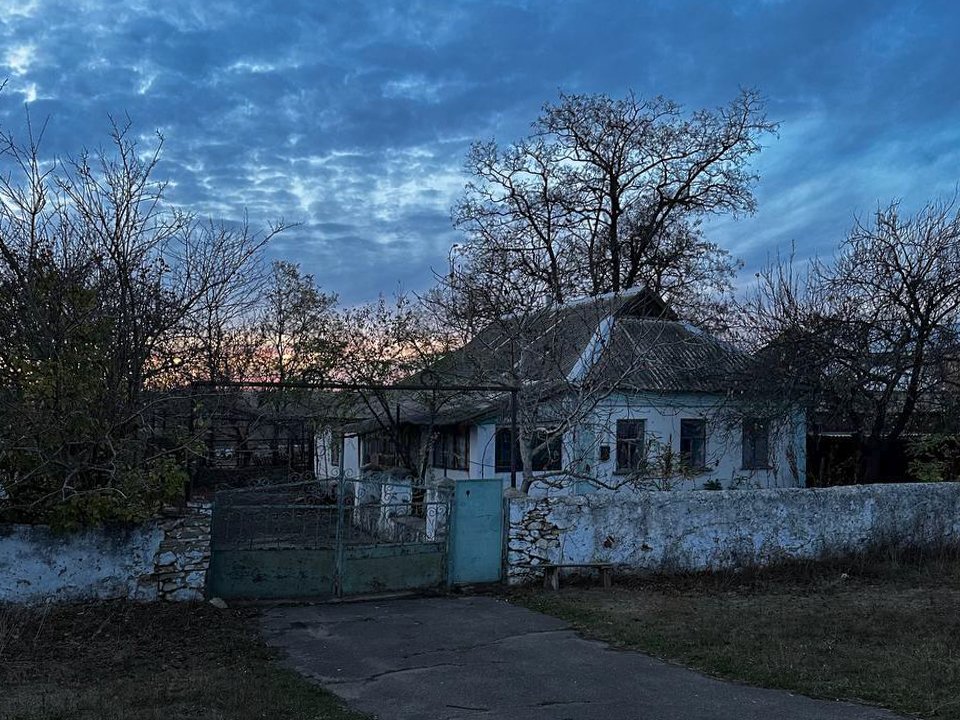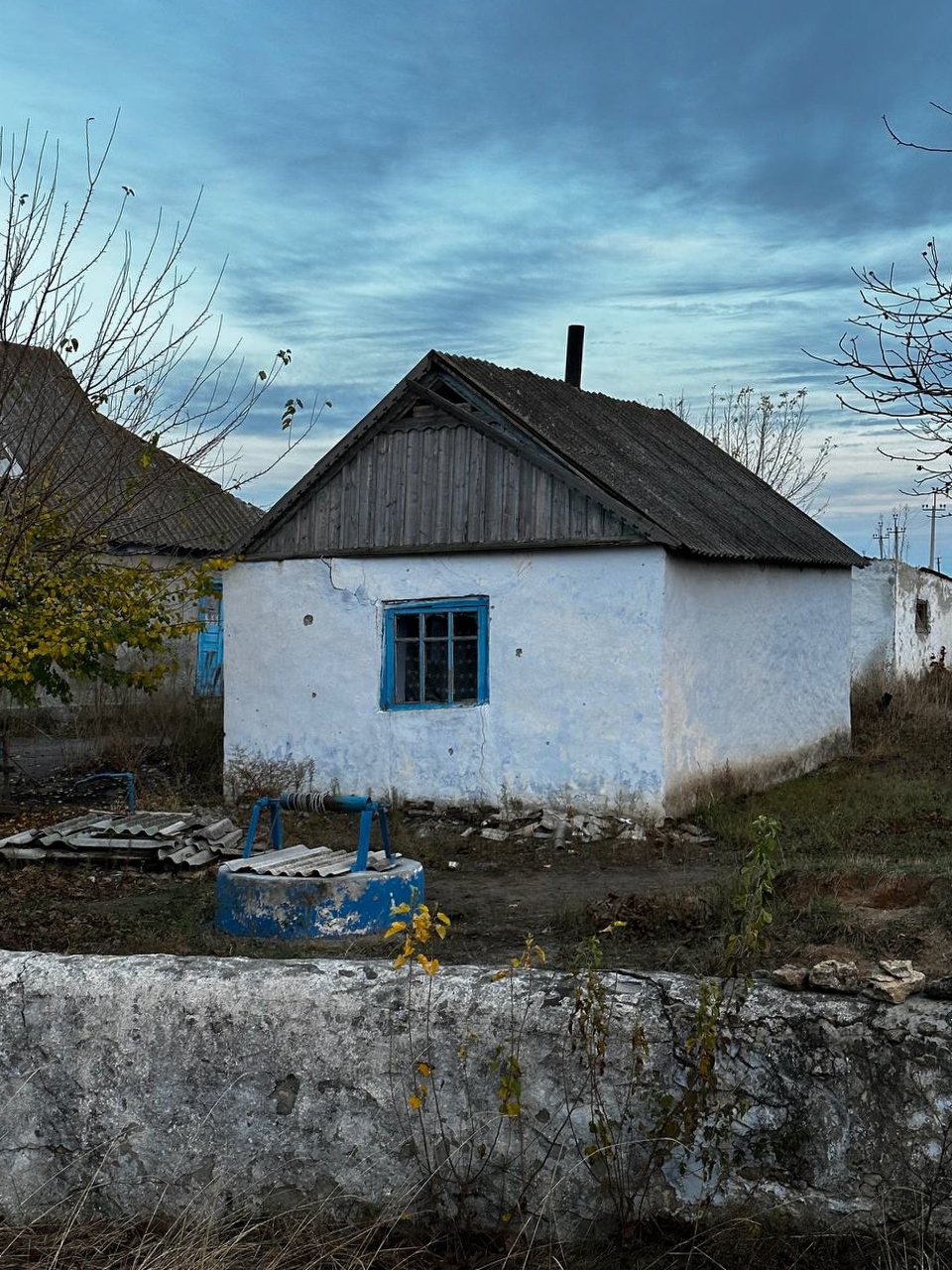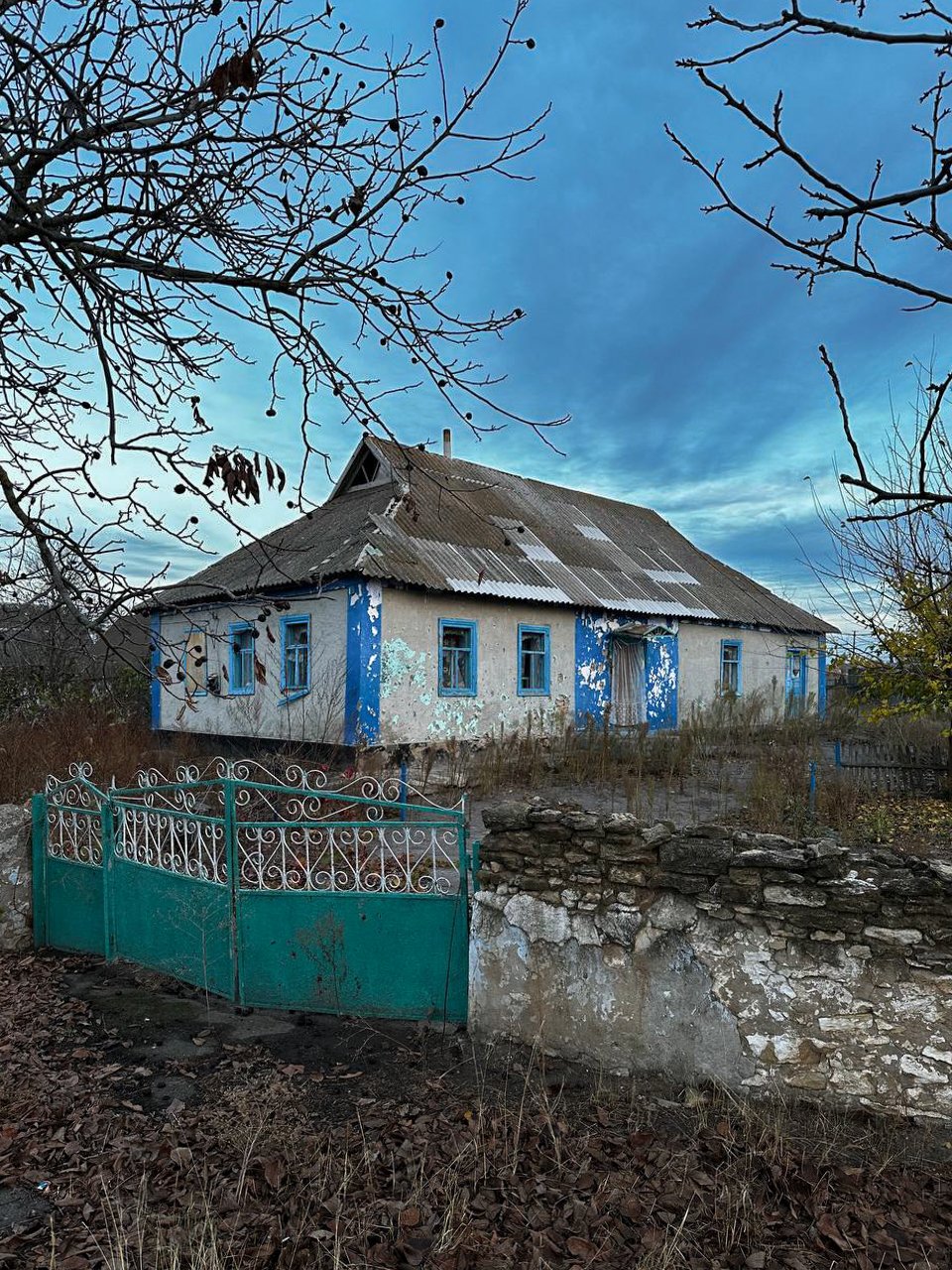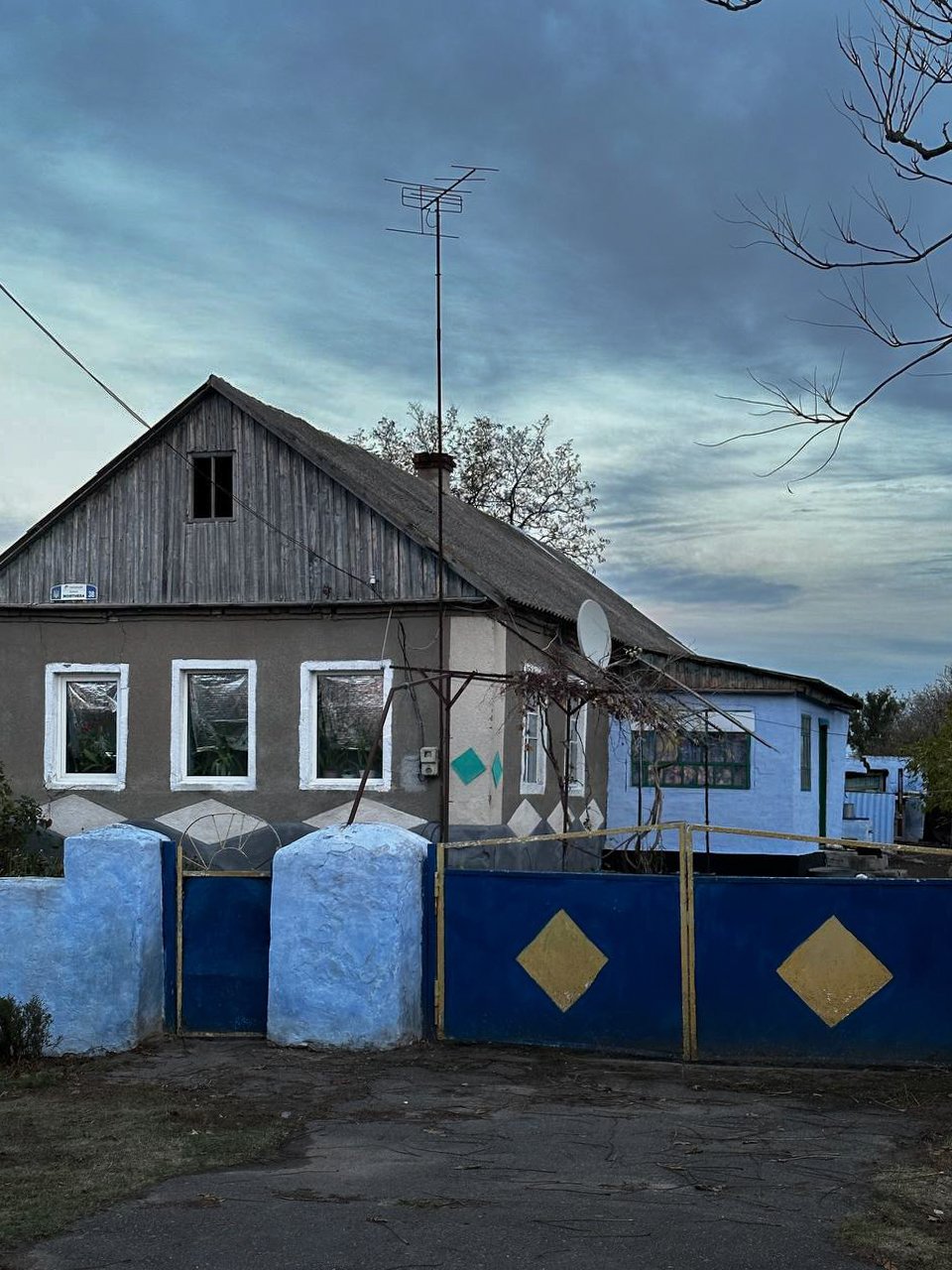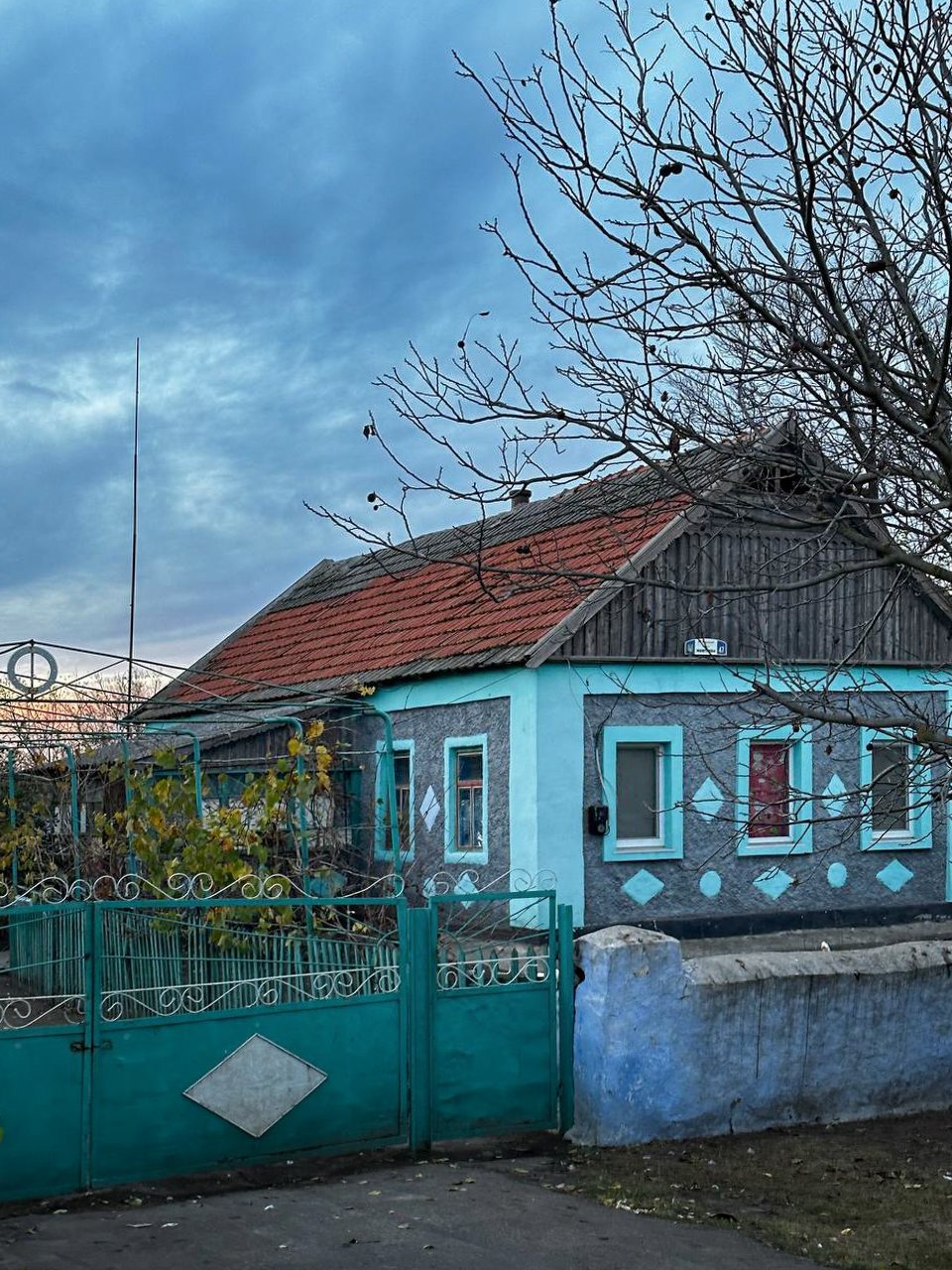UA | ENG
"Everything was destroyed in the villages we've picked. Not a single house was left standing. We did not take pictures because there was nothing to photograph. The villages located deep in the region are under constant shelling – it's dangerous to travel there now." – this message from our volunteers accurately describes attempts to organize expeditions in the Kherson region. However, studying the historical context brought us many insights and findings. We believe that after the complete de-occupation, we will be able to explore this region to the fullest extent.
The most significant contribution to the distinctive architecture of these places was made by the residential manor buildings of the Mennonite settlers, compactly located in the valley of the Ingulets River, in the most suitable area for agriculture. The well-built brick houses are well preserved to this day.
The Mennonite influence common to the southern regions is brick gables. There are also wooden ones. Cornice and corner decorations are widely used. Molded decor is also widespread among the houses of the region.
Khersonshchyna is notable for its elements that are generally common in the Ukrainian South. However, unlike Mykolaiv and Zaporizhzhia, they are used more eclectically here, often combining decor from different materials – for example, a brick or wooden gable finishing can be found alongside molded decor.







